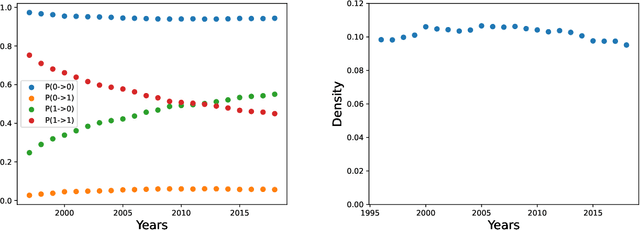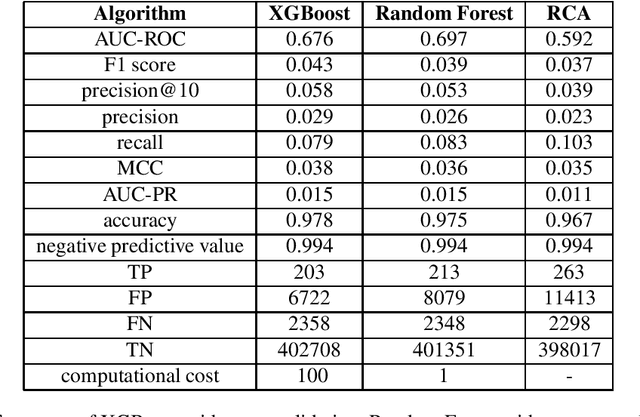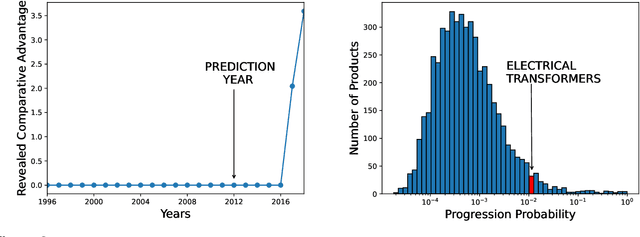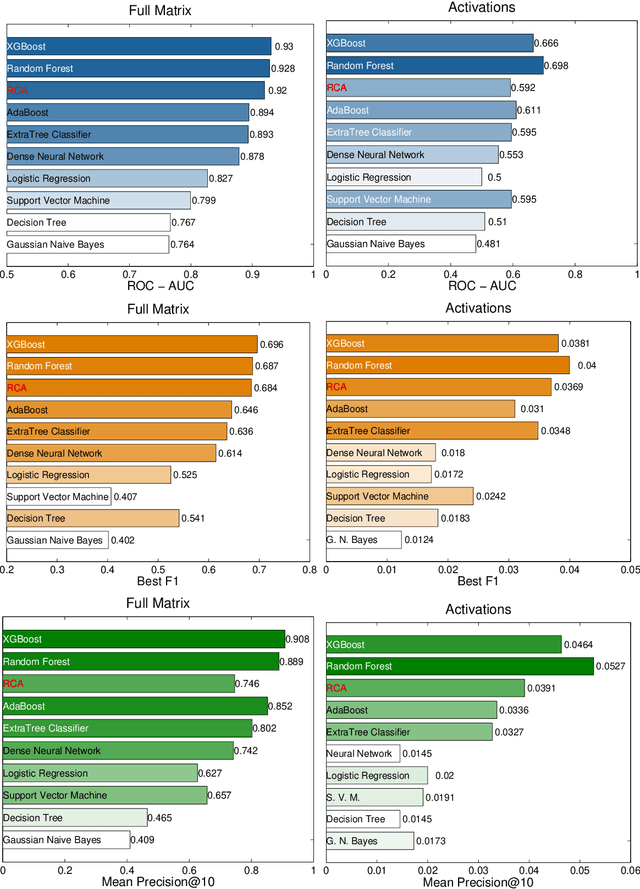Product Progression: a machine learning approach to forecasting industrial upgrading
Paper and Code
May 31, 2021



Economic complexity methods, and in particular relatedness measures, lack a systematic evaluation and comparison framework. We argue that out-of-sample forecast exercises should play this role, and we compare various machine learning models to set the prediction benchmark. We find that the key object to forecast is the activation of new products, and that tree-based algorithms clearly overperform both the quite strong auto-correlation benchmark and the other supervised algorithms. Interestingly, we find that the best results are obtained in a cross-validation setting, when data about the predicted country was excluded from the training set. Our approach has direct policy implications, providing a quantitative and scientifically tested measure of the feasibility of introducing a new product in a given country.
 Add to Chrome
Add to Chrome Add to Firefox
Add to Firefox Add to Edge
Add to Edge